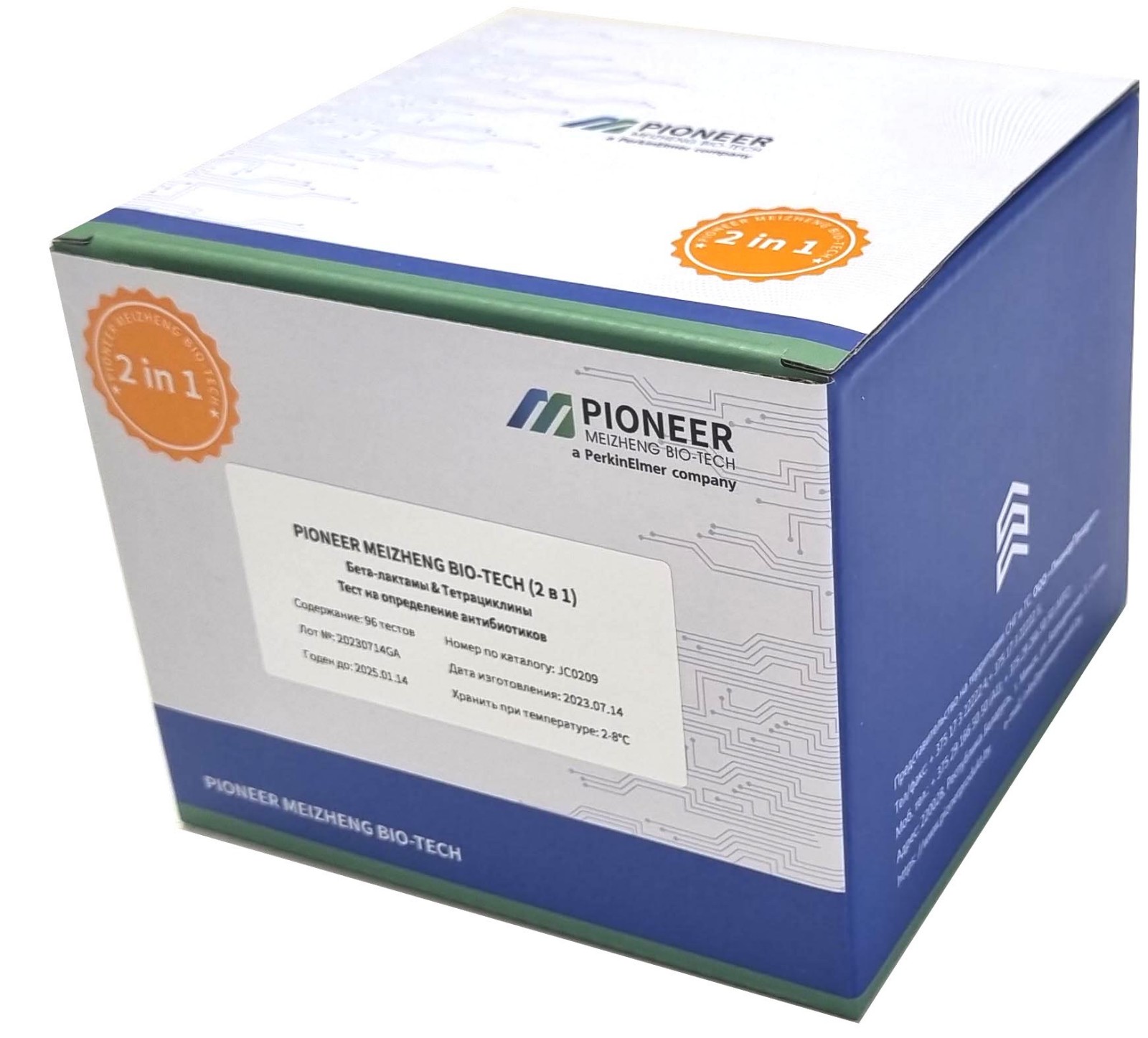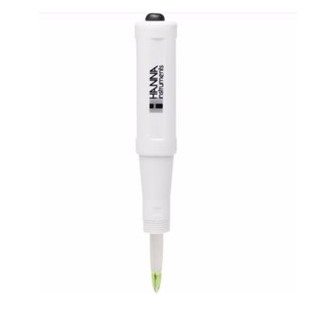Singapore: Scientists have found a way to create affordable and sustainable meat

 Express-tests PIONER 5 in1 for the determination of thiamphenicol, meloxicam, colistine, trimethoprim, sulfonamides
Express-tests PIONER 5 in1 for the determination of thiamphenicol, meloxicam, colistine, trimethoprim, sulfonamides PIONEER MEIZHENG BIO-TECH (5 in1) JC0871/ Rapid tests for the determination of the residual amount of β-lactams, tetracyclines, chloramphenicol, streptomycins, ceftiofur in milk, whey.
PIONEER MEIZHENG BIO-TECH (5 in1) JC0871/ Rapid tests for the determination of the residual amount of β-lactams, tetracyclines, chloramphenicol, streptomycins, ceftiofur in milk, whey.
In Singapore, they have developed a framework for creating cheap and environmentally friendly MEAT.
A research team at the National University of Singapore (NUS) has successfully used common plant proteins to 3D print edible cell culture scaffolds, bringing more affordable and sustainable lab-grown meat to the table .
As consumers become more aware of the environmental and ethical implications of their food, lab-grown meat, also known as cultured or cell-based meat, is becoming an increasingly popular source of dietary protein. Cultured meat is made by taking animal skeletal muscle cells and growing them on three-dimensional structures called scaffolds that provide structural support as the cells multiply and develop into tissues.
However, cell culture scaffolds are usually made from synthetic or animal-derived materials, which are either too expensive or inedible. In search of an alternative, a team led by Professor Huang Dejian, vice chair of the NUS Department of Food Science and Technology, turned to plant proteins, which are known to be biodegradable and biocompatible with animal cells. Importantly, vegetable proteins also meet general nutritional needs, making the resulting scaffold suitable for growing meat.
By using readily available cereal prolamins as biomaterials for high-precision 3D printing technology, we are discovering a new method for making edible and structured scaffolds to produce cultured muscle meat slices with fibrous properties,
Professor Huang said.
Prolamins are a family of plant storage proteins that, due to their specific amino acid profile, have low nutritional value. In fact, prolamins are generated as waste products from the starch and plant industries. However, Professor Huang and his team have used these characteristics of prolamins to create an affordable and sustainable resource for meat farming.
Specifically, the researchers used mixtures of prolamins derived from corn, barley, and rye FLOUR, also known as zeins, hordeins, and secalins, respectively. These mixtures then acted as inks for electrohydrodynamic printing, a high-precision 3D printing technology commonly used in biomedical applications.
To evaluate whether the prolamine constructs were suitable for growing meat, they were immersed in cell culture medium and examined seven days later for any structural changes. Under a scanning electron microscope, the frameworks retained their structure and did not collapse, although multiple holes formed on their surface. However, according to the researchers, these pores are most likely the result of enzymes secreted by cultured cells, rather than evidence of structural deficiencies.
For scaffolds to be used in meat production, they must be biocompatible with farm animal muscle cells, meaning that they must be able to house these cells and support their growth and development. To test this, Prof. Huang and his team seeded the prolamine constructs with porcine skeletal muscle stem cells and measured cell proliferation over the following days. They found that the cells were actively dividing on the scaffolds, reaching a maximum number 11 days after inoculation. Stem cells grew relatively well in both zein/hordein and zein/secalin scaffolds.
Importantly, compared to a standard polycaprolactone scaffold, a common tissue engineering tool, porcine cells seeded with prolamine constructs proliferated much faster, demonstrating that a vegetable protein-based scaffold is more suitable for cultured meat production than standard synthetic polymers.
Scaffolds made from plant proteins are edible and have diverse and variable peptide sequences that can promote cell attachment, induce differentiation, and promote meat growth. In contrast, synthetic scaffolds, such as the plastic balls used to grow meat, do not have a functional group that makes it difficult for animal cells to attach and multiply. In addition, synthetic carcasses are inedible, and additional steps are required to separate the carcasses from the meat culture,
Professor Huang explained.
As a proof of concept, the research team attempted to produce a real piece of meat by culturing porcine skin stem cells on a zein/secalin scaffold and then allowing them to differentiate or mature into muscle. Beetroot extract was used to mimic the reddish color of the meat. Their experiment was successful. Within 12 days, the research team was able to grow meat that was similar in texture and appearance to real animal meat.
Since the carcass was edible, no special or additional procedures were required to extract it from the final product. These results further confirm the potential of the proposed scaffolds based on prolamine in the production of cultured meat,
says Professor Huang.
Professor Huang and his team are actively working to improve plant-based protein technology. For example, more research is needed to better determine how the specific structure and composition of prolamine constructs may influence the growth of animal stem cells and how they form muscle tissue.
Read together with it:
- Производитель тушенки в Бурятии повторно оштрафован за нарушенияПроизводитель, занимающийся изготовлением тушенки и мясных полуфабрикатов, использовал мясо неизвестного происхождения, что могло угрожать безопасности потребителей. Руководителю компании был выставлен штраф в размере 10 тысяч рублей, который, однако, не был уплачен. В связи с этим контролирующие органы составили новый протокол и передали дело в суд. 2 октября 2......
- Miratorg's 15th Anniversary: The Meat Retail Leader Celebrates Its AnniversarySince its founding, Miratorg has sold over 4 million tons of MEAT products and created approximately 2,000 jobs. Its branded stores employ meat experts who help customers select the best products and conduct master classes. The chain's assortment includes not only its own meat but also a variety of unique products from RUSSIA and abroad, including a premium wine collection curated by a sommelier. ...
- Новое видео на нашем канале: Какую породу овец выбрать в Казахстане? Эдильбаевская или импортные мясные породы? Опыт фермеровОвцеводство в Казахстане. Эдильбаевская порода, дорпер, суффольк, тексель, аккарабас. Отбор баранов-производителей, взвешивание, мясные качества и рентабельность Мы продолжаем съёмки про овцеводство Казахстана. В этом выпуске в кадре сразу несколько пород: эдильбаевская, аккарабас, тексель, суффольк, дорпер, а также кроссы и помеси. Мы показываем отбор баранов-производителей на случку, взвешивание...
- A Rostov broiler farmer was fined 750,000 rubles for selling meat contaminated with salmonella.The lawsuit against the poultry farm was filed by ROSSELKHOZNADZOR based on the results of an inspection that revealed serious violations of the production process. These included rust on metal structures, which compromised product quality, and unsanitary conditions that facilitated the growth of pathogenic microflora. A batch of Blagoyar pork legs with the backbone proved particularly dangerous, ...
- Боливия экспортирует говядину на сумму 797 миллионов долларов и вводит новые цифровые сертификаты для внешней торговлиЭкспорт говядины из Боливии в период с 2021 по 2025 год достиг 797 миллионов долларов. Китай является основным рынком сбыта этого мяса, на который приходится 74% продаж, сообщила Карина Серрудо, генеральный директор Национального таможенного управления. Параллельно с этим ведомство включило сертификат безопасности экспортных пищевых продуктов для говядины в систему «Единое окно для внешней торговл...




























































